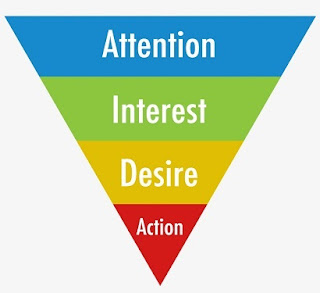What is Smarketing?
Smarketing refers to the practice of aligning Sales and Marketing teams in order to achieve a common organizational objective. This helps reach a synergy between both teams which work together as one team instead of treating each other as separate departments.
Why do organizations need Smarketing?
As per conventional organization structure, Sales and Marketing are organized under different departments. Due to this, both teams tend to work in siloes. When related teams work in siloes, it leads to a lack of effective communication leading to lower overall productivity.
If the Marketing team is not aligned with the Sales team’s requirements, then this can lead to lower conversion because of low-quality Marketing Qualified Leads (MQL). Similarly, if the Sales team is not aligned with the Marketing team’s approach then this can lead to situations such as the loss of qualified leads due to a misunderstanding of client’s requirements or leads lost due to non-timely follow-ups, etc.
This necessitates that both teams work together and align their efforts toward their common objective for the benefit of the organization, be it increasing revenue or improving branding in order to increase better brand recall in the market.
How to align Sales & Marketing?
- Improve access to information: Teams tend to be misaligned if both of them do not have shared understanding and information. Lack of communication happens when teams do not have the appropriate information and insights needed to support each other. Organizations should bring together both teams under the same umbrella with shared information. Using smarter tools such as CRM can help teams achieve that since they can get quick access to information they need to support each other.
- Cross-functional teams: Instead of making Sales and Marketing operate independently under separate leadership, try to bring together professionals from both teams to work in smaller teams together. If this is not possible, then leaders can try to build a matrix structure where resources tend to experience working together with cross-functional teams. This helps build better bonding with team members and they tend to align their efforts toward common goals.
- Communicate the Vision: Leaders should constantly communicate the common objective to both teams in order to keep the Sales and Marketing aligned. Communicating the goal and letting them know the expectation goes a long way in aligning two different departments.
- Measure and Analyze regularly: Leaders should measure and closely analyze the efforts and performance of both teams. The best practice would be to have common meetings with both teams in order to keep everyone on the same page.
- Use good collaboration tools: Try to use good collaboration tools which improve communication with both teams. Tools such as cloud tools like Google Docs, Google sheets, Cloud-based CRMs, Instant chat messengers, etc, can help with that.
I hope this article helped you gain a better understanding of Smarketing, its importance, and some ways to achieve that. By the way, if you are looking for a smart CRM for your team, do check out ToolsOnCloud Sales CRM.










